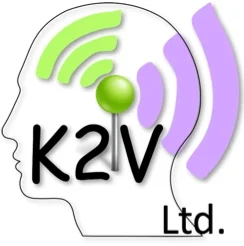Why knowledge?.
The K2V concept was developed from 35 years’ experience in the petroleum industry building and using knowledge to articulate value in basins around the world; improving decision making by collapsing cognitive bias and eradicating perceptual blindness. That experience has demonstrated that as an industry, we undervalue knowledge as a means to supporting decision making.
The resulting workstreams involve using Spatial Knowledge Management to harvest knowledge in your organisation by internally crowd sourcing and applying that knowledge simply to collapse cognitive bias through collaborative knowledge sharing. The methodology not only improves the quality of decision making by unlocking the knowledge lying dormant in your organisation but it fundamentally changes the culture around knowledge: empowering knowledge holders to contribute what they know in a way that rewards and motivates individuals to share what they know. Spatial Knowledge Management has the potential to change the way that exploration growth is conducted in the industry by providing the means to achieve a competitive advantage whilst building a common language for doing business in the future. In the end, it is people who make decisions, not data, so perceptions have to be managed.
Spatial knowledge capture allows an organisation to make more effective use of the knowledge available to that organisation. It does not replace knowledge holders. Captured knowledge without the knowledge holders has limited value because it is incapable of adapting to changing circumstances or new insights. Only the knowledge holders can do that, without them, knowledge is dogma and may be misleading.
NEXT: click here to find out what those workstreams look like

